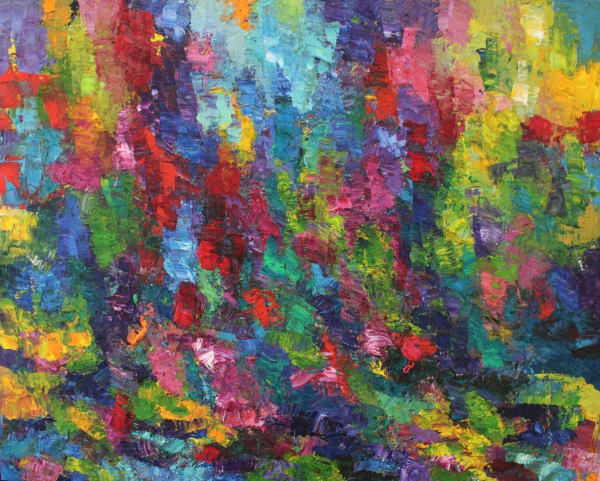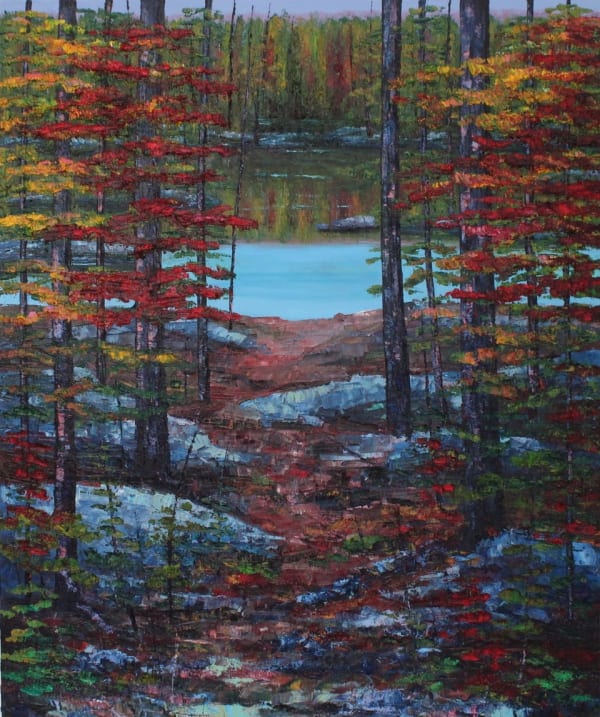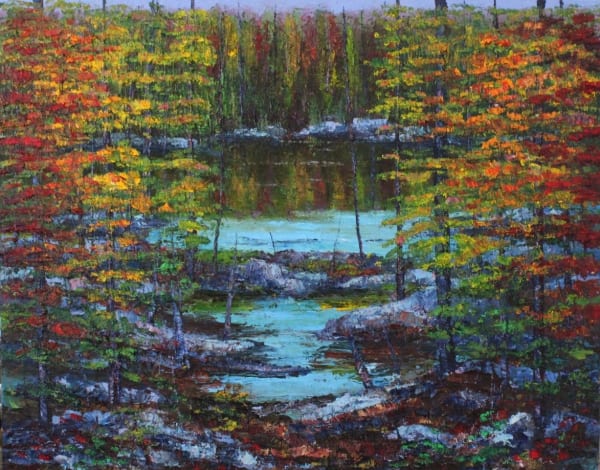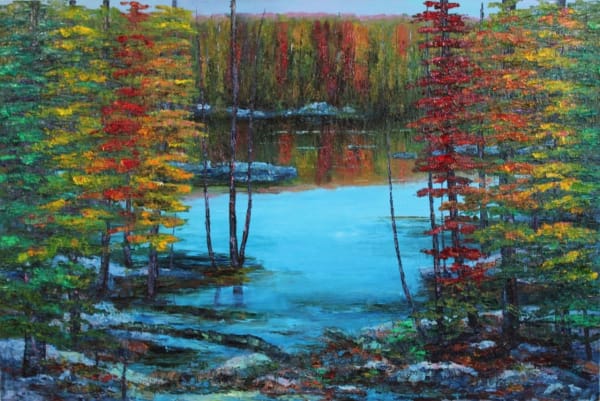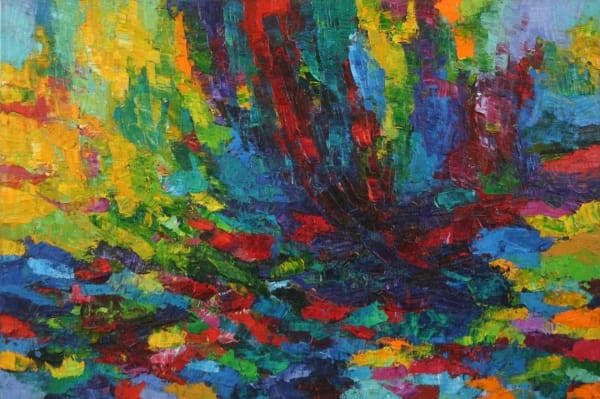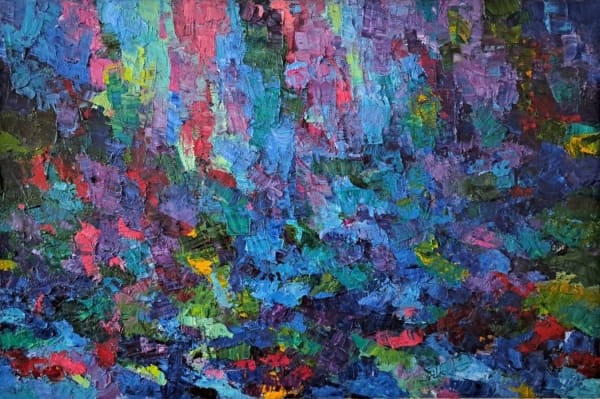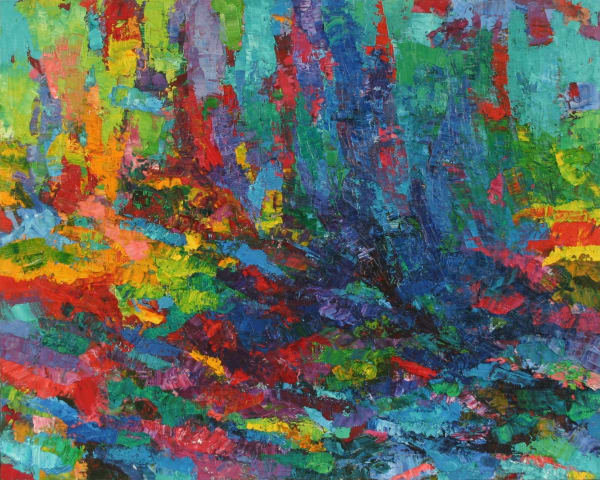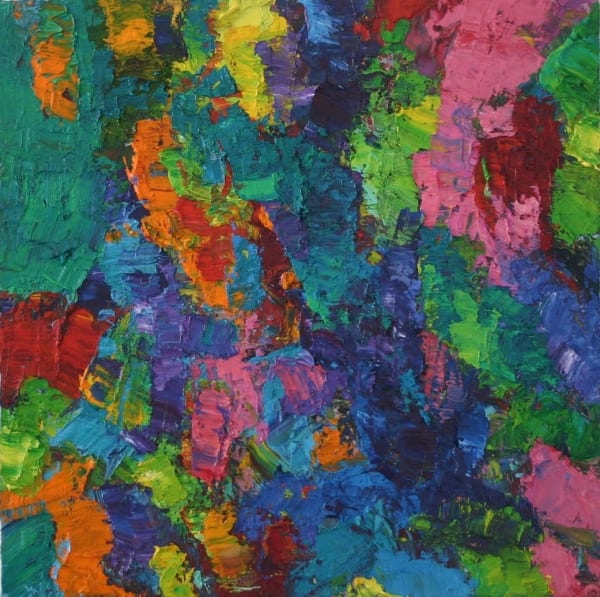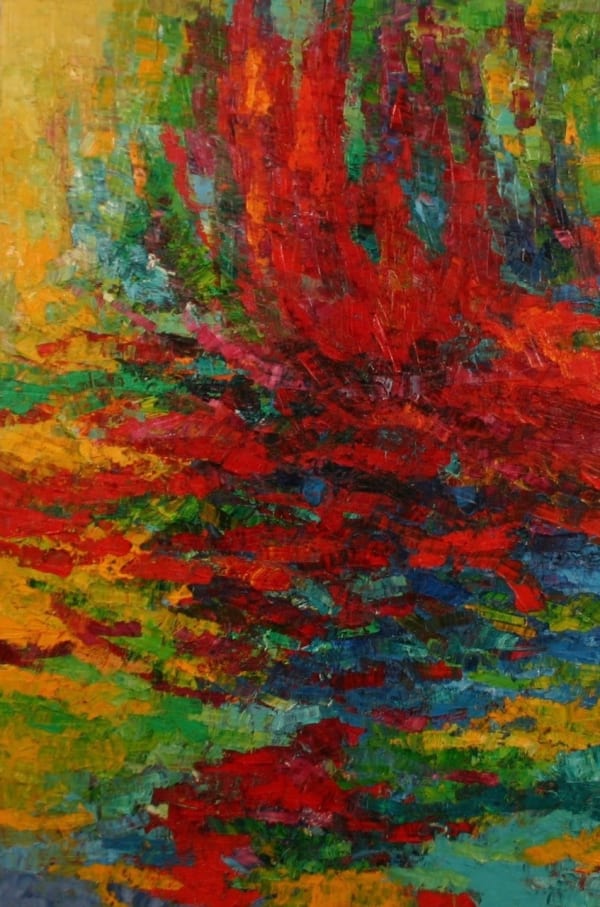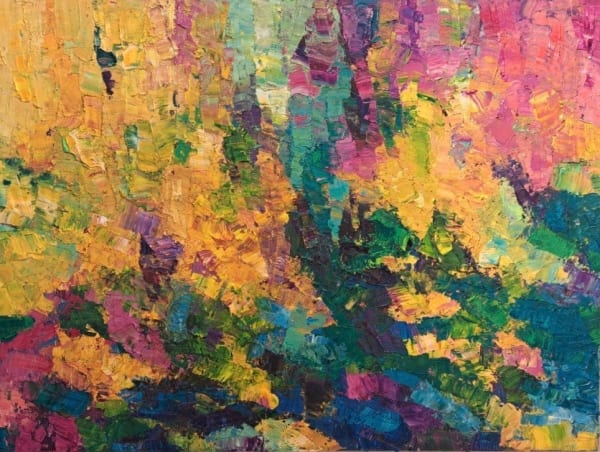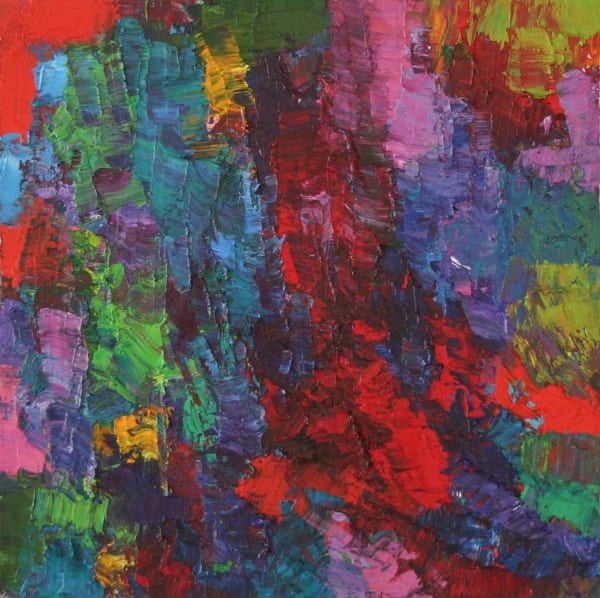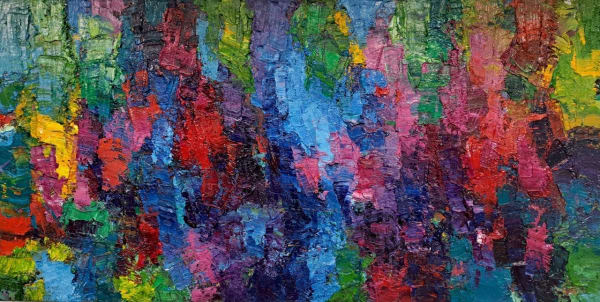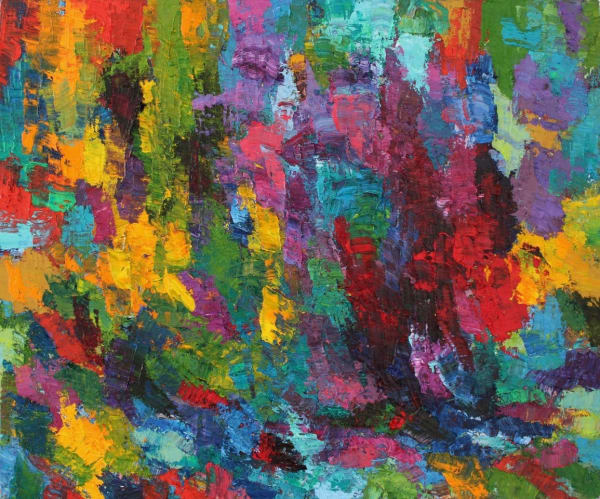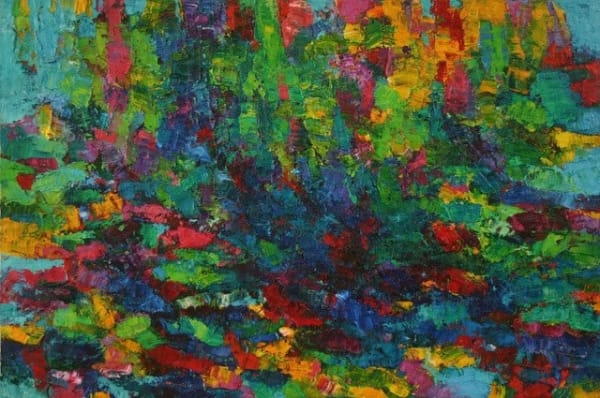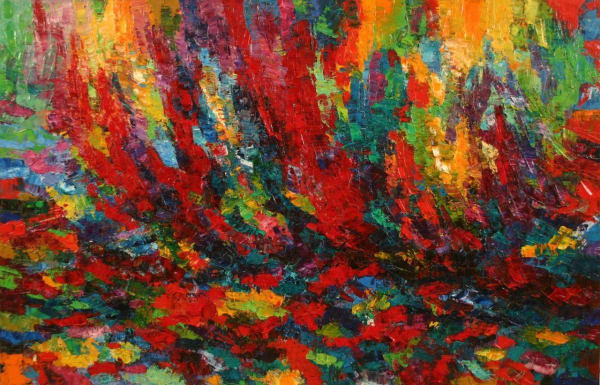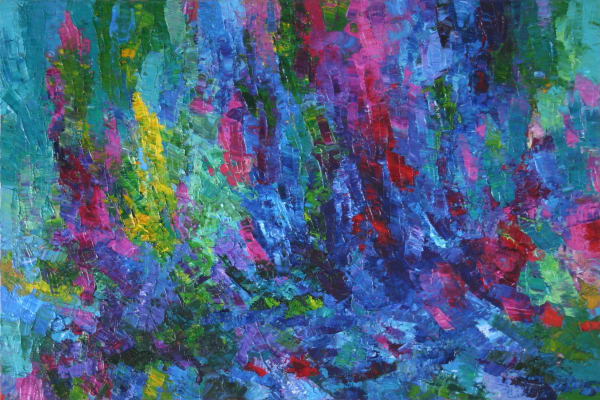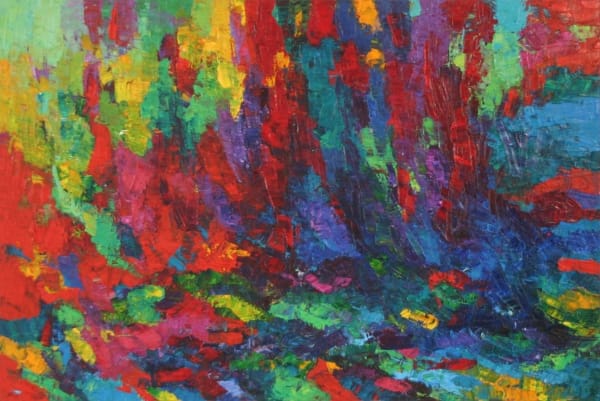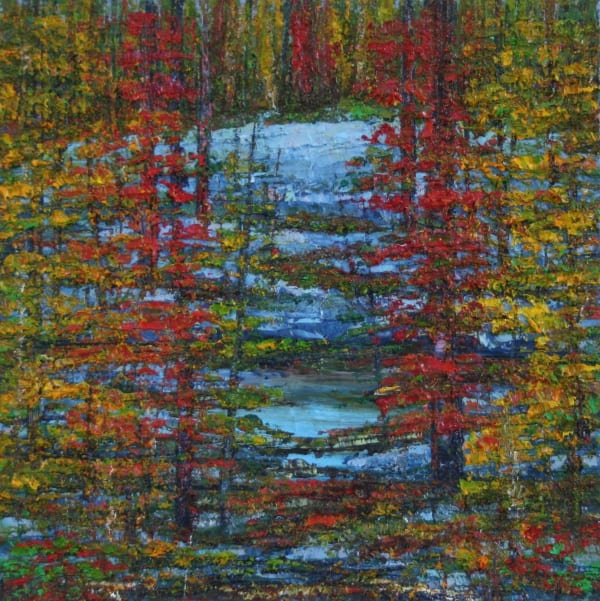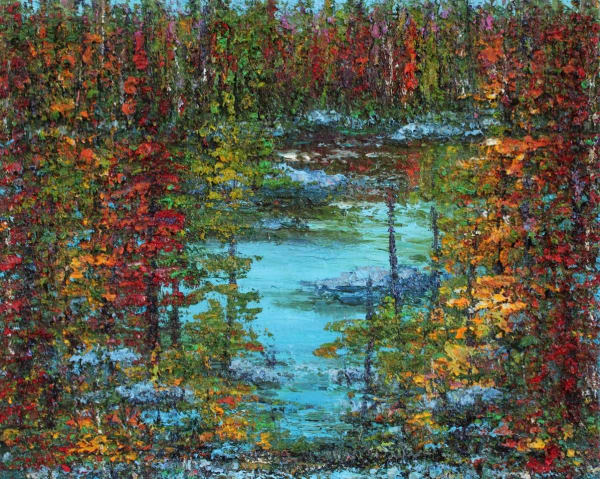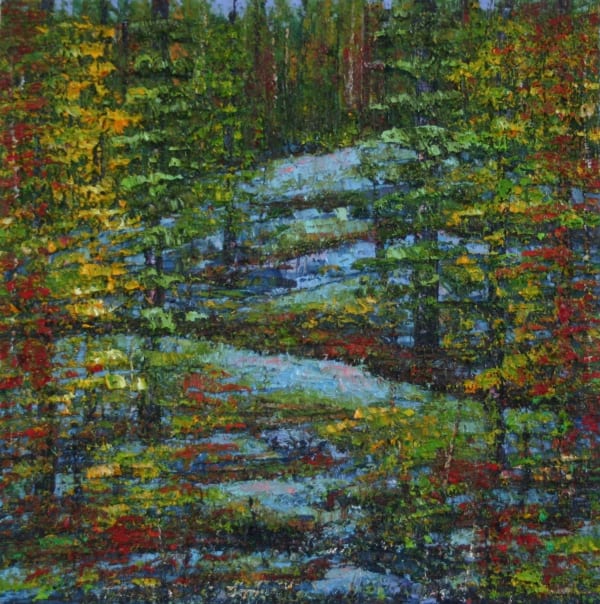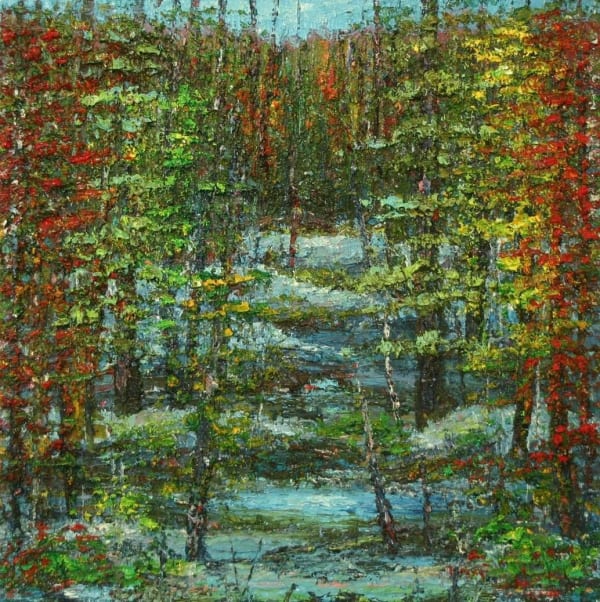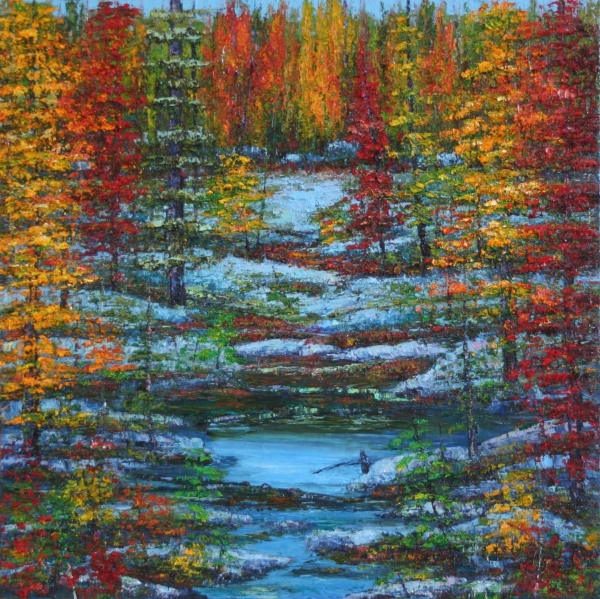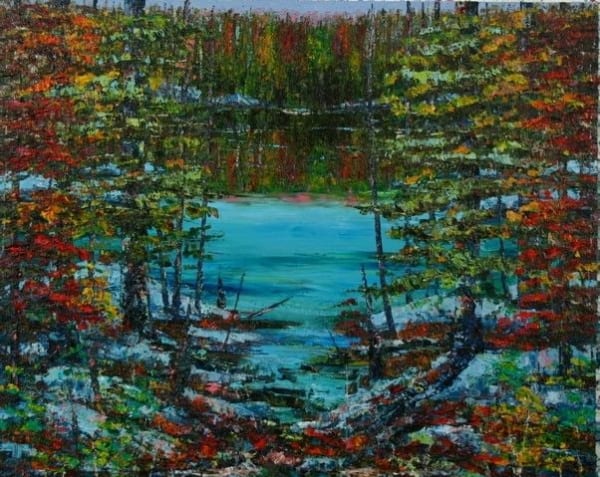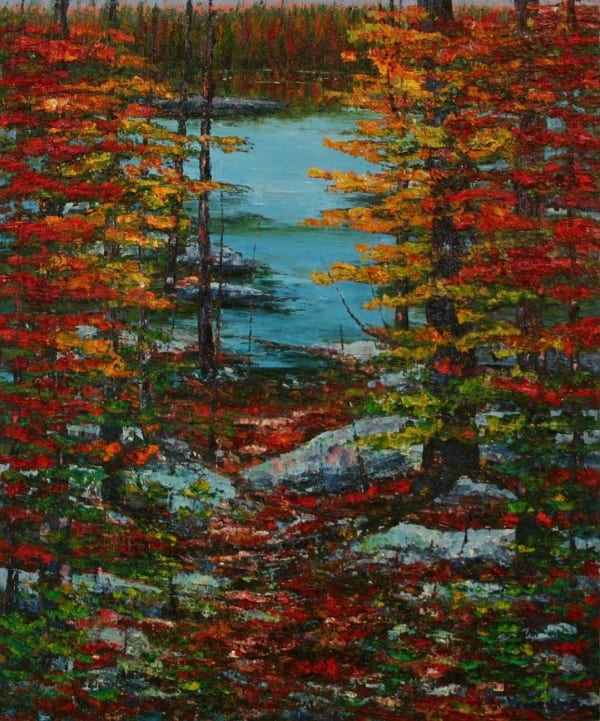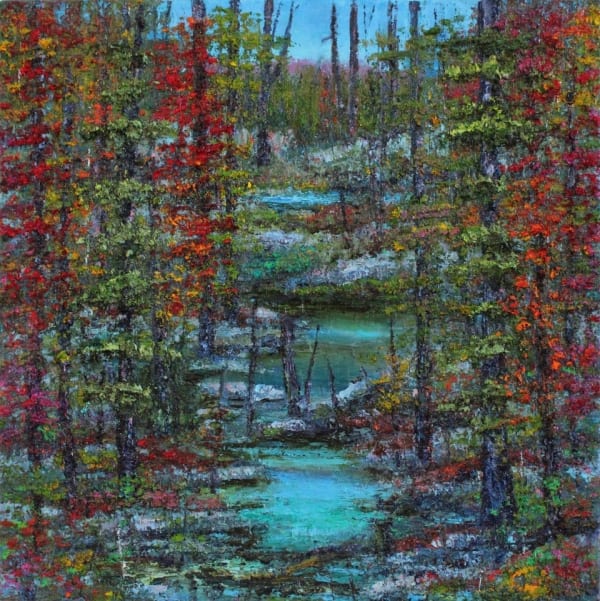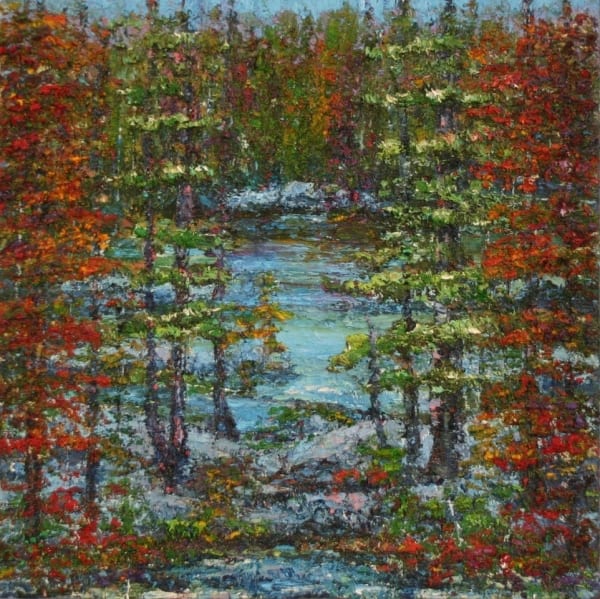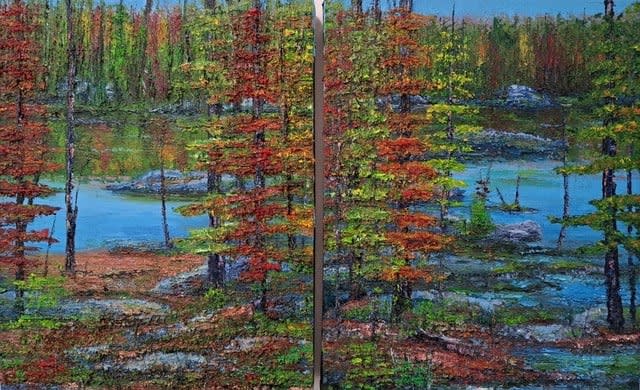John Barkley
-
 All Things, 202548 x 60 in.
All Things, 202548 x 60 in. -
 Always Turning #2, 202420 x 36 in.
Always Turning #2, 202420 x 36 in. -
 Colours Coming Forth, 202554 x 84 in.
Colours Coming Forth, 202554 x 84 in. -
 Heart Felt, 202216 x 20 in.
Heart Felt, 202216 x 20 in. -
 Meridians, 202516 x 20 in.
Meridians, 202516 x 20 in. -
 Parading Colours, 202516 x 20 in.
Parading Colours, 202516 x 20 in. -
 Pathway In #7 , 202572 x 60 in.
Pathway In #7 , 202572 x 60 in. -
 River Porthole, 202430 x 30 in.
River Porthole, 202430 x 30 in. -
 Rugged Inlet #2 , 202548 x 60 in.
Rugged Inlet #2 , 202548 x 60 in. -
 Variations, 202548 x 72 in.
Variations, 202548 x 72 in. -
 All Things Passionate, 202533 x 33 in.
All Things Passionate, 202533 x 33 in. -
 Always Moving, 202148 x 72 in.
Always Moving, 202148 x 72 in. -
 Always There, 202440 x 60 in.
Always There, 202440 x 60 in. -
 Back and Forth, 202020 x 20 in.
Back and Forth, 202020 x 20 in. -
 Colour Emerges #7, 202530 x 36 in.
Colour Emerges #7, 202530 x 36 in. -
 Contraries in Motion #2, 200930 x 36 in.
Contraries in Motion #2, 200930 x 36 in. -
 Cosmic Entry, 202254 x 84 in.
Cosmic Entry, 202254 x 84 in. -
 Cosmic Garden Seed, 202048 x 60 in.
Cosmic Garden Seed, 202048 x 60 in. -
 Cosmic Shift , 202348 x 60 in.
Cosmic Shift , 202348 x 60 in. -
 Drawn #2, 202116 x 20 in.
Drawn #2, 202116 x 20 in. -
 Elixir, 202216 x 20 in.
Elixir, 202216 x 20 in. -
 Emerging And Receding #3, 202248 x 72 in.
Emerging And Receding #3, 202248 x 72 in. -
 Emerging From Within #2, 202020 x 20 in.
Emerging From Within #2, 202020 x 20 in. -
 Enchanted Cascade, 202272 x 60 in.
Enchanted Cascade, 202272 x 60 in. -
 Epiphany, 202216 x 20 in.
Epiphany, 202216 x 20 in. -
 Existing Within, 202348 x 48 in.
Existing Within, 202348 x 48 in. -
 Felt #2, 202016 x 20 in.
Felt #2, 202016 x 20 in. -
 Fire, Water, and Light #4, 201872 x 48 in.
Fire, Water, and Light #4, 201872 x 48 in. -
 From The Void, 202148 x 72 in.
From The Void, 202148 x 72 in. -
 Immersed, 202440 x 60 in.
Immersed, 202440 x 60 in. -
 In Its Becoming, 202436 x 48
In Its Becoming, 202436 x 48 -
 In The Breath, 202440 x 60 in.
In The Breath, 202440 x 60 in. -
 Interior Terrain, 200940 x 48 in.
Interior Terrain, 200940 x 48 in. -
 Meditation Moments, 202160 x 72 in.
Meditation Moments, 202160 x 72 in. -
 Memory Traces, 202020 x 20 in.
Memory Traces, 202020 x 20 in. -
 Moments After, 202160 x 72 in.
Moments After, 202160 x 72 in. -
 New Links, 202420 x 40 in.
New Links, 202420 x 40 in. -
 Once Again, 202236 x 30 in.
Once Again, 202236 x 30 in. -
 Prana Push, 202140 x 48 in.
Prana Push, 202140 x 48 in. -
 Quarternary Return #3, 202540 x 48 in.
Quarternary Return #3, 202540 x 48 in. -
 Rapture #3, 201916 x 20 in.
Rapture #3, 201916 x 20 in. -
 Realms, 202216 x 20 in.
Realms, 202216 x 20 in. -
 Red and Green Stream of Mind, 201948 x 60 in.
Red and Green Stream of Mind, 201948 x 60 in. -
 Released, 201916 x 20 in.
Released, 201916 x 20 in. -
 Rhapsody Reflection 3, 202140 x 60 in.
Rhapsody Reflection 3, 202140 x 60 in. -
 Rhapsody Reflections #2, 202054 x 84 in.
Rhapsody Reflections #2, 202054 x 84 in. -
 Risen #2, 202030 x 30 in.
Risen #2, 202030 x 30 in. -
 Spark Within, 202020 x 24 in.
Spark Within, 202020 x 24 in. -
 Still Yearning, 202440 x 60 in.
Still Yearning, 202440 x 60 in. -
 That Which Awakens, 202154 x 84 in.
That Which Awakens, 202154 x 84 in. -
 The Approach, 202116 x 20 in.
The Approach, 202116 x 20 in. -
 The Fire Within, 202020 x 20 in.
The Fire Within, 202020 x 20 in. -
 Tinctures in Expanse, 202236 x 30 in.
Tinctures in Expanse, 202236 x 30 in. -
 Towards an Embrace, 202148 x 72 in.
Towards an Embrace, 202148 x 72 in. -
 Traces in Space, 202236 x 30 in.
Traces in Space, 202236 x 30 in. -
 Within and Beyond, 202260 x 48 in.
Within and Beyond, 202260 x 48 in. -
 Within The Realms, 202248 x 72 in.
Within The Realms, 202248 x 72 in. -
 Almost There, 201572 x 60 in.
Almost There, 201572 x 60 in. -
 Another View, 201830 x 60 in.
Another View, 201830 x 60 in. -
 Blue Path In, 201248 x 60 in.
Blue Path In, 201248 x 60 in. -
 Coloured Entrance, 202220 x 20 in.
Coloured Entrance, 202220 x 20 in. -
 Coloured Inlet, 2022-202416 x 20 in.
Coloured Inlet, 2022-202416 x 20 in. -
 Creek to River, 202216 x 20 in.
Creek to River, 202216 x 20 in. -
 Gatineau Turn 2, 202220 x 20 in.
Gatineau Turn 2, 202220 x 20 in. -
 In Between, 202124 x 24 in.
In Between, 202124 x 24 in. -
 Inside, 202220 x 20 in.
Inside, 202220 x 20 in. -
 Meech Creek Colours, 202136 x 36 in.
Meech Creek Colours, 202136 x 36 in. -
 Park Terrain, 202316 x 20 in.
Park Terrain, 202316 x 20 in. -
 Rugged Inlet, 202430 x 36 in.
Rugged Inlet, 202430 x 36 in. -
 Spring Fresh, 202020 x 24 in.
Spring Fresh, 202020 x 24 in. -
 The Invitation, 201248 x 60 in.
The Invitation, 201248 x 60 in. -
 The Painter's Path #14, 202172 x 60 in.
The Painter's Path #14, 202172 x 60 in. -
 Trail Vista #1 & #2, 202420 x 32 in.
Trail Vista #1 & #2, 202420 x 32 in. -
 Venture In, 2024-202524 x 24 in.
Venture In, 2024-202524 x 24 in. -
 Vista Breeze, 202320 x 20 in.
Vista Breeze, 202320 x 20 in.
"My environmental concerns, existential questions, and my academic interests influence the starting point. In the work, I contemplate questions pertaining to ultimate meaning, life and issues of personal control."
I am an experimental painter. I have been working on my craft since 1996. I start work with a conceptual point of entry and then work intuitively, in dialogue with the work. The art making process largely determines the completion of the piece, and one work often then leads to another. My experience within the studio is a catalyst for my departure from a mode of modern secular monophasic consciousness into an experience of interconnected consciousness with nature and all living things. My environmental concerns, existential questions, and my academic interests influence the starting point. In the work, I contemplate questions pertaining to ultimate meaning, life and issues of personal control.
In 2000, I wrote a Masters thesis which created a new hermeneutic of art based upon the work of Jung, Tillich, and Hiedegger, it was subsequently applied to the work of Roland Poulin. The thesis included significant discussion about the relationship between art, cosmogony, and the human psyche. In my research I have studied philosophers and theologians that challenge conventional wisdom and advocate the adoption of a new mythology. I have been developing a visual vocabulary to explore this idea.
My work is influenced by and linked to many Quebec artists. My painting application has recently been compared, by one critic, to Riopelle and Borduas, and the contrast between the organic and geometric to Charles Gagnon. I have been influenced by Poulin’s use of opposites to create tension, and his use of dark void forms. In my work I examine consciousness by using abstraction and a symbolic vocabulary. A visual vocabulary has been derived from natural elements and industry and is used as a vehicle for the examination and expression of the contemporary psyche.
– John Barkley
John R. Barkley is an experimental painter living in Chelsea, Quebec. He was born in Ottawa in 1964, and raised in the Ottawa valley. As a boy, his father, an artist as well, encouraged him to draw and paint, and eventually took him to paint on sojourns into the country.
As a young man, he returned to Ottawa to study. In addition to painting, he is also a dedicated scholar, whose studies and interests factor significantly in his art work. His degrees include a Master of Arts in Religion, from Carleton University (2001); a Bachelor of Fine Arts, Visual Art, Magna Cum Laude, University of Ottawa (1996); Bachelor of Arts, Honours, Psychology, from Carleton University (1989); and a Bachelor of Arts, Law and Psychology, Carleton University. In 2000, he wrote a Master's thesis which created a new hermeneutic of art, based upon the work of Jung, Tillich, and Heidegger, he applied it in an analysis of the work of Roland Poulin.
Barkley has been pursuing a professional artistic practice since 1996. Over the last 20 years he has been able to work in his studio, in Wakefield Quebec, as a full time artist. Barkley's paintings explore humanity's relationship to nature and his existential concerns while experimenting with paint application.
Barkley has exhibited nationally and internationally, and is in collections around the world. He is represented both nationally and internationally.
He begins work with a conceptual idea but then the art making process largely directs the completion, and one work often then leads to another. In his work he examines consciousness by using abstraction. His work is inspired by the idea that what exists within the human psyche is interconnected with what is happening in nature. He states that our ideas about existence effect who we think we are and how we interact with each other and the environment.
He has developed a visual vocabulary drawn from both nature and industry.He often contrasts the organic with the geometric, and makes use of other visual opposites to create tension in the work.
At times he also uses dark void forms to symbolize the unconscious, the unknown, and refer to the initial state of being "Nothingness" as embedded in numerous creation myths and esoteric texts. Barkley frequently uses the image of water or the void itself in combination with an imposed linear structure, to arrive at a critical narrative while investigating paint application. This approach also enables him to explore the potential of combining painterly abstraction with hard edge abstraction while initiating both aesthetic content and cultural critique.
Barkley's work connects to a range of Canadian artistic traditions. Writers have noted the influence of the Canadian landscape artist Tom Thomson and Group of Seven while also recognizing the Automatiste influence of Borduas and Riopelle in surface application and process method. Barkley is also influenced by the German Neo-expressionists, particularly the surface application and symbolism of Anselm Kiefer.
However he is most influenced by the introspective approach he learned while studying at the University of Ottawa with Catherine Everett and Roland Poulin.
